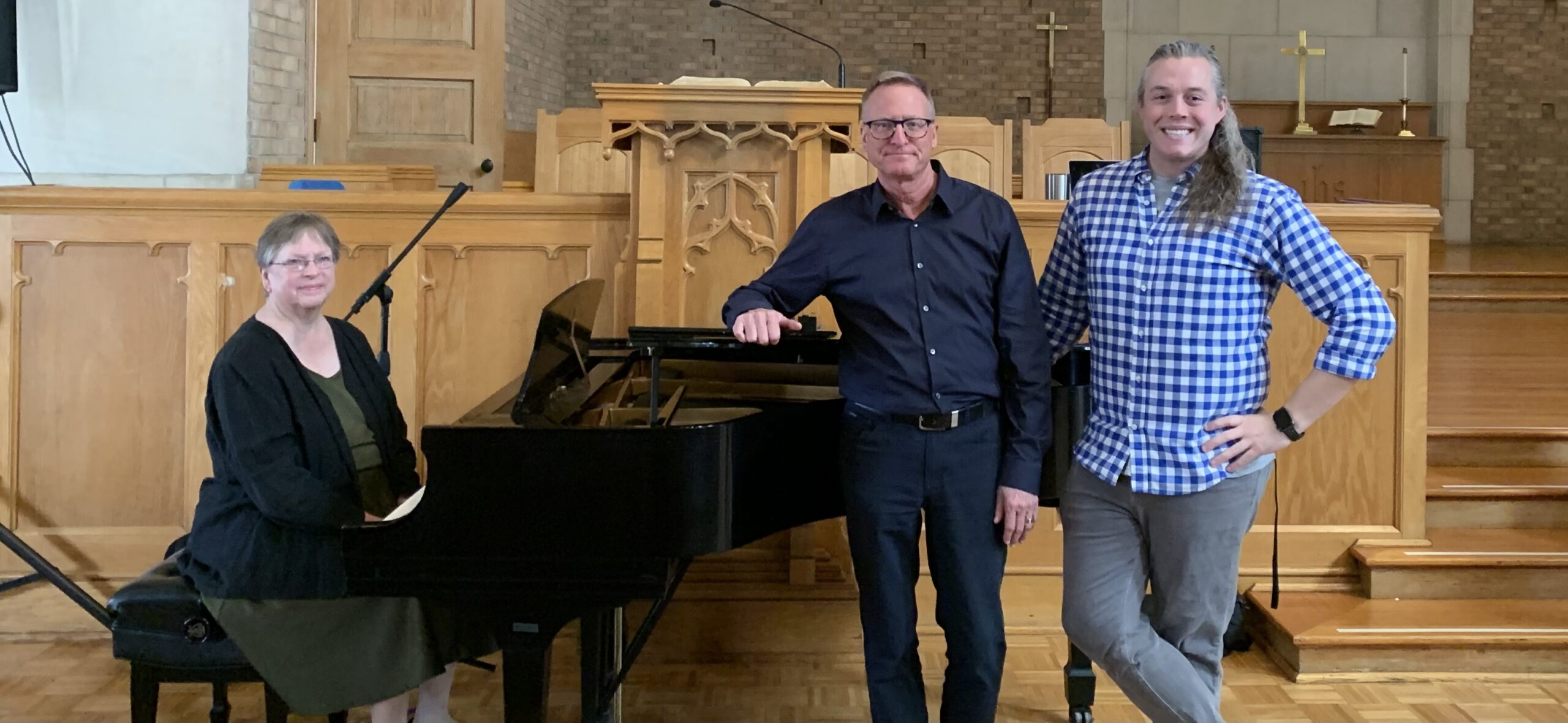
The Catawba Pioneer family have discovered a link to take us back to Catawba’s website from a couple decades ago. Let’s take a look at Cat-U in 1996.
Catawba only had one co-ed dorm, Woodson –– men were only allowed to live in Abernathy, Pine Knot and Salisbury Rowan while women could only live in Hollifield, Stanback and BZ. The 1996-1997 tuition and fees were $10,726 and board costs were $4,250, a total cost of only $14,976.
Julia Hayes, Catawba alumni and professor, has a strong connection with Catawba and the history behind it. “I came to Catawba as a freshman in August of 1979; I lived in North Hall which is now Stanback. We had to sign in male visitors with a desk-sitter in the lobby. That seemed normal to us, although door-propping wasn’t uncommon. Visitation hours were enforced by RA’s and sometimes by security.” She went on to explain how different the living situations were during that period, “members of the football team occupied Salisbury Rowan; Hollifield was a male dorm and was then called Claremont, after a town in Catawba County, where the College originated. I believe BZ was the first dorm to be air conditioned. Abernethy Hall, similar to Woodson and located where the apartments are now, was demolished by a wrecking ball.”
Something interesting about our total enrollment over the past few decades is that it has remained relatively similar. In 1996, the student population was 1,087 and in 2017 we have 1,275 students.
We have also discovered an old Pioneer newspaper from 1998. The big front page story during that time period was when the school purchased a $600,000 computer system, promising better service to the faculty and students. This packet included the degree-audit which we still frequently use today.
Hayes has witnessed several changes over the year to Catawba, “many improvements to grounds and facilities, movements away from focus on liberal arts towards a blend of liberal arts and career preparation, better class attendance among students, and all of the benefits that come from technology.”
For future Catawba, Hayes believes that “there will be a growth in size and quality”. It’s interesting to see how our school has evolved in the past 21 years. Who knows what Catawba will be like in the next 20 years.
